
Tulip

The tulip, a perennial herbaceous plant from the genus Tulipa in the lily family, features an ovoid bulb enveloped in papery skin, sparsely covered with fine hairs at its top and base.
Its leaves are lanceolate or ovate-lanceolate in shape. The single large and vibrant flowers bloom at the apex, with petals ranging from red to mixed hues of white and yellow.
Tulips, introduced to the Netherlands in the 17th century, quickly became the national flower and ignited 'Tulip Mania.' This period saw tulip prices skyrocket to many times the average household income, driving some enthusiasts to bankruptcy in their quest for rare bulbs.
Tulips also hold a significant place in art. Since the Dutch Golden Age of the 17th century, renowned artists such as Jan van Huysum and Rembrandt have depicted tulips in numerous paintings, reflecting the societal obsession with tulips during that era.
Related
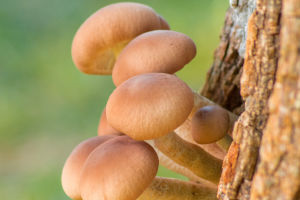 There have been many cases of poisoning from wild mushrooms collected and eaten recently.
There have been many cases of poisoning from wild mushrooms collected and eaten recently.
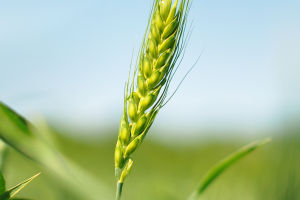 Wheat, a staple for millennia, profoundly influences diets and economies worldwide.
Wheat, a staple for millennia, profoundly influences diets and economies worldwide.
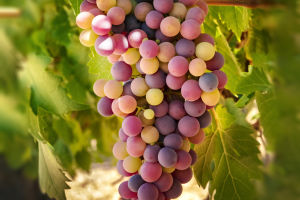 Calling All Home Gardeners! Grow like a Pro with Our Complete Grapevine Toolkit Guide!
Calling All Home Gardeners! Grow like a Pro with Our Complete Grapevine Toolkit Guide!
 Mushrooms have magical powers you never knew existed.
Mushrooms have magical powers you never knew existed.
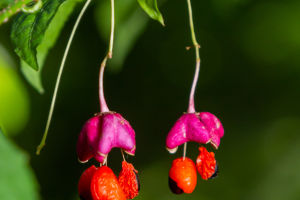 It is a shrub or small tree, usually 1-3 meters tall.
It is a shrub or small tree, usually 1-3 meters tall.
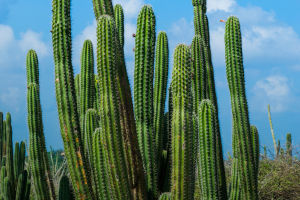 Why do cacti have thorns?
Why do cacti have thorns?
Furthermore, tulips symbolize love in many cultures, representing purity, romance, and affection. They are often given as gifts to express deep feelings for loved ones.
A romantic Dutch legend narrates that in ancient Europe, a beautiful princess living in a castle captured the hearts of three knights. Each knight attempted to woo her with gifts: one offered a crown, another a sword, and the third, gold. Unable to choose among them, the princess sought the help of the flower deity, who transformed her into a tulip.
The crown became the flower bud, the sword turned into leaves, and the gold transformed into bulbs. Thus, she accepted the love of all three knights simultaneously, and the tulip became a symbol of love. Due to the symbolism of the crown representing nobility, the sword signifying power, and the possession of gold representing wealth, only the aristocracy and elite had the privilege of cultivating tulips in ancient Europe.
Actual Value
Medicinally, tulips are known for their bitter and drying properties. Their flowers can alleviate abdominal discomfort, and their roots have sedative effects.
They exhibit antibacterial effects against Staphylococcus aureus, and the alcohol extracts of their stems and leaves also demonstrate antibacterial properties, containing various amino acids.
Aesthetic Value: Tulips are globally renowned ornamental flowers, resembling lotuses with a wide array of colors, making them striking additions to spring bulb displays. Dwarf varieties are suitable for spring flower beds, while tall stems are ideal for cut flowers or floral arrangements. Medium and dwarf varieties are suitable for potting, decorating courtyards, and interiors, and cutting flowers.
Do Tulips Pose a Poisoning Risk Indoors?
In reality, the classification of tulips as toxic plants in various countries is not due to the dissemination of their alkaloids into the air but rather because tulip bulbs indeed contain toxins.

However, poisoning only occurs if bulbs are accidentally ingested. The alkaloids present in tulips are non-volatile and remain within the plant, not dispersing into the air. Therefore, unless ingested or directly handled, exposure to these alkaloids is unlikely.
In conclusion, the tulip not only captivates with its stunning blooms but also embodies humanity's aspirations for beauty, love, and art. Its rich cultural significance and practical value have rendered it a shining symbol within human civilization. Beyond being a mere flower, the tulip serves as an expression of emotions and a representation of the pursuit of a better life.